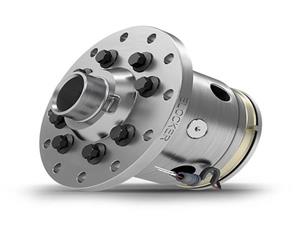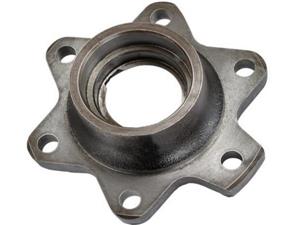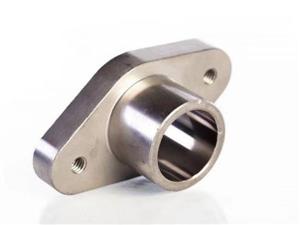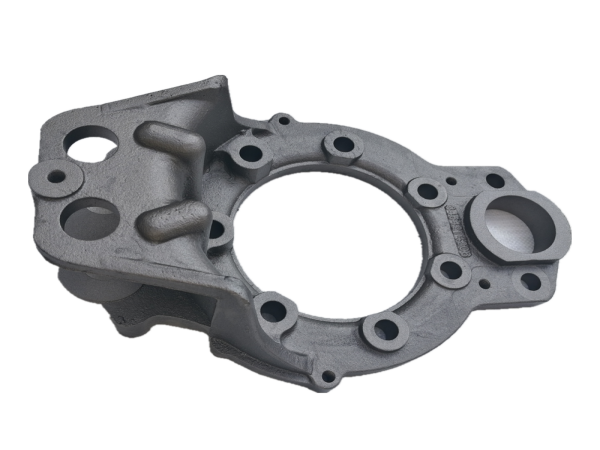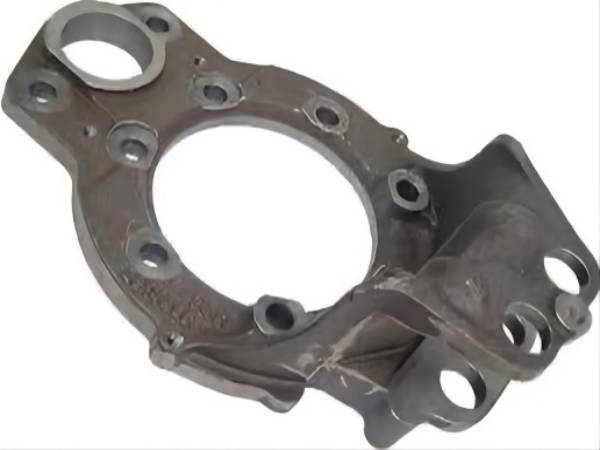Characteristics of Steel Casting Pouring System
The characteristics of the pouring system for steel castings are high melting point, poor fluidity, large shrinkage, and easy oxidation, which require rapid and stable filling of the molten metal.
The casting steel pouring system has the following characteristics:
1. The body shrinkage of cast steel is large, and castings are prone to defects such as shrinkage cavities, porosity, cracks, and deformation. For castings with large difference in thickness and wall thickness, the gating and riser system shall be set according to the principle of Directional solidification, and the liquid shall preferably flow through the riser to enter the cavity, so as to strengthen the feeding capacity of the riser; For shell castings that are prone to cracking and deformation, the internal runners should be evenly distributed at the thin-walled parts of the castings, and the mechanical obstruction of the runners to the castings should be minimized as much as possible.
2. The pouring temperature of cast steel is high and easy to oxidize, usually using leakage ladle pouring. The leakage ladle pouring has a good slag blocking effect, and the requirements for the slag blocking effect of the pouring system are not high. Therefore, the pouring system has a large cross-sectional area and is open, without the need for high slag blocking function. However, it should quickly and smoothly fill the mold. The pouring pressure of the leaking ladle is high and it is easy to damage the runner. Therefore, the pouring system should strive for a simple structure, sturdy and impact resistant. The vertical sprue of large and medium-sized castings, as well as the horizontal sprue and internal sprue with a steel flow rate exceeding 1T, should be composed of refractory brick pipes. The pouring system for small steel castings can be composed of water glass, resin sand, or all surface sand, ensuring sufficient strength.
The pouring system is the process of distributing steel casting liquid. The setting of the pouring system should minimize the erosion of the casting, minimize the turbulence of the steel liquid in the mold cavity, and follow the rule of sequential solidification as much as possible to ensure that the steel liquid rises steadily in the casting cavity. The setting of the inner gate is the most important.
The pouring system should minimize the solidification time of castings and implement on-demand distribution. For areas that require a large amount of steel, additional layers should be added. If designed from the shape of the casting, a layer should be set according to the height of 400-500 and a layer should be set in the length direction of 400-500. This way, the time for steel to flow through the pouring channel is long, but the time to enter the casting is short, which is beneficial for the lower part to solidify first, the middle part to replenish the lower part, and the upper part to replenish the middle part, forming a state of sequential solidification. Imagine, If we simply consider the bottom pouring method, within 90 seconds of pouring, the molten steel in the mold cavity is constantly moving. The imagined smooth rise and layered pouring produce layer by layer solidification, which is better or worse. The hot spot of the gate brought by the bottom pouring inner gate and the cold steel in the upper riser have a significant impact on the yield of the riser and the solidification of the casting.
Therefore, it is reasonable to use bottom injection for some castings with low height and large hot spots, but it has a significant impact on completely using bottom injection for castings with small and high hot spots.

